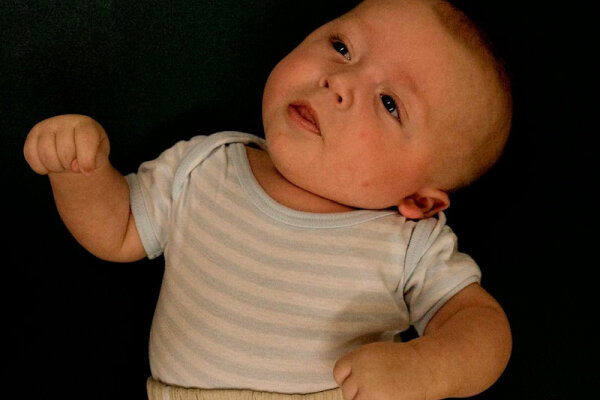2009-11-04

Most theories of human handedness assume that it is completely determined by genetic factors. However, since there is a large body of evidence for an influence of non-genetic factors on asymmetries in other vertebrates, biopsychologist from Bochum tested the hypothesis that human handedness may also result from a combination of genetic and experience-driven factors. In order to do so, the research team analysed sidedness in children suffering from congenital muscular torticollis. These children display a permanently tilted asymmetric head posture to the left or to the right in combination with a contralateral rotation of face and chin, which could lead to an increased visual experience of the hand contralateral to the head-tilt. Relative to controls, torticollis children had a higher probability of right- or left-handedness when having a head-tilt to the opposite side. Thus, an increased visual control of the hand during early childhood seems to modulate handedness. These findings not only show that human handedness is affected by early lateralised visual experience but also speak in favour of a combined gene-environment model for its development.

Most theories of human handedness assume that it is completely determined by genetic factors. However, since there is a large body of evidence for an influence of non-genetic factors on asymmetries in other vertebrates, biopsychologist from Bochum tested the hypothesis that human handedness may also result from a combination of genetic and experience-driven factors. In order to do so, the research team analysed sidedness in children suffering from congenital muscular torticollis. These children display a permanently tilted asymmetric head posture to the left or to the right in combination with a contralateral rotation of face and chin, which could lead to an increased visual experience of the hand contralateral to the head-tilt. Relative to controls, torticollis children had a higher probability of right- or left-handedness when having a head-tilt to the opposite side. Thus, an increased visual control of the hand during early childhood seems to modulate handedness. These findings not only show that human handedness is affected by early lateralised visual experience but also speak in favour of a combined gene-environment model for its development.